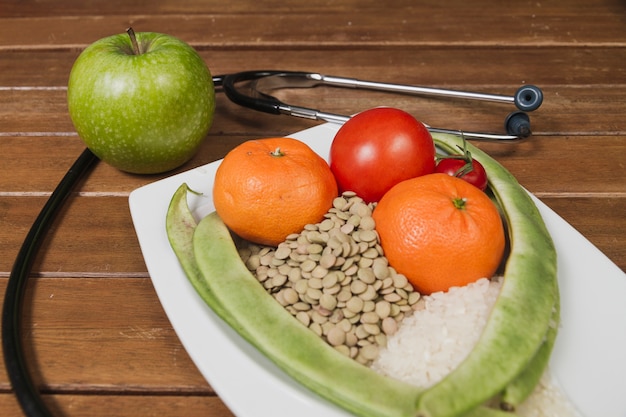Living with hypertension doesn’t mean sacrificing productivity or well-being. In fact, managing high blood pressure effectively often hinges on how well you balance your professional responsibilities with personal health. Work-life wellness is especially crucial for individuals with hypertension, as chronic stress, long hours, and sedentary routines can significantly elevate blood pressure.
This guide offers five progressive, coach-style wellness tips tailored for people managing hypertension. Each tip includes practical form notes, easy modifications, and science-aligned strategies to help you stay in control—without overhauling your entire lifestyle.
Sitting for prolonged periods is a known contributor to elevated blood pressure. Even if you exercise regularly, long stretches of inactivity can counteract your efforts. The solution? Integrate micro-movement breaks throughout your workday.
Form Notes: Set a timer every 30–45 minutes. When it goes off, stand up and perform 1–2 minutes of light activity—stretching, walking in place, or shoulder rolls. Focus on deep, rhythmic breathing during these breaks to activate the parasympathetic nervous system.
Easy Modifications:

Chronic work stress triggers the release of cortisol and adrenaline—hormones that constrict blood vessels and raise blood pressure. Building resilience into your daily routine can mitigate these effects.
Form Notes: Start your day with a 5-minute mindfulness or breathing exercise. Use the 4-7-8 technique: inhale for 4 seconds, hold for 7, exhale for 8. This calms the nervous system and sets a grounded tone for the day.
Easy Modifications:

Fluid balance plays a direct role in blood pressure regulation. Dehydration can cause the body to retain sodium, while excess sodium intake leads to fluid retention—both raising blood pressure.
Form Notes: Aim for 6–8 glasses of water daily, adjusting for activity and climate. Monitor your urine color—pale yellow indicates good hydration. Read food labels to avoid hidden sodium in processed snacks, canned soups, and condiments.
Easy Modifications:
The DASH (Dietary Approaches to Stop Hypertension) diet is clinically proven to lower blood pressure. It emphasizes fruits, vegetables, whole grains, lean proteins, and low-fat dairy.
Form Notes: Plan and prep meals ahead of time to avoid reaching for convenience foods high in sodium and saturated fats. Include potassium-rich foods like bananas, spinach, and sweet potatoes, which help balance sodium levels.
Easy Modifications:

Overcommitting at work leads to mental fatigue and physical strain—both risk factors for blood pressure spikes. Learning to set boundaries protects your health and improves long-term performance.
Form Notes: Identify your peak energy hours and schedule demanding tasks accordingly. Learn to say no or delegate when your plate is full. Communicate availability clearly—turn off non-essential notifications after work hours.
Easy Modifications:
By integrating these five strategies into your daily life, you’re not just managing hypertension—you’re building a sustainable, balanced lifestyle that supports long-term cardiovascular health. Small, consistent changes compound into powerful results over time.
Remember: Always consult your healthcare provider before making significant lifestyle changes, especially when managing a chronic condition like hypertension.

Wellness

Wellness

Wellness

Wellness

Health

Wellness

Fitness

Wellness

Health

Fitness

Health

Fitness

Health

Fitness

Health

Health